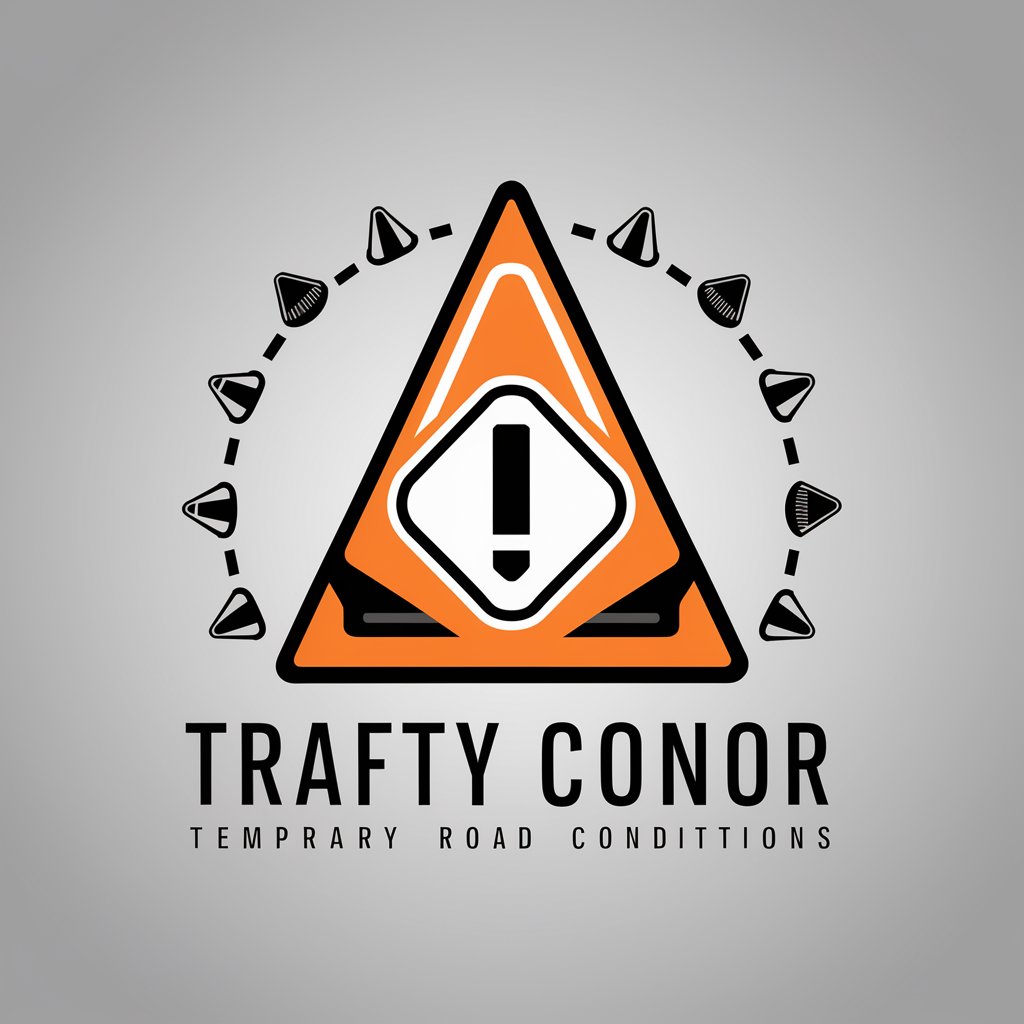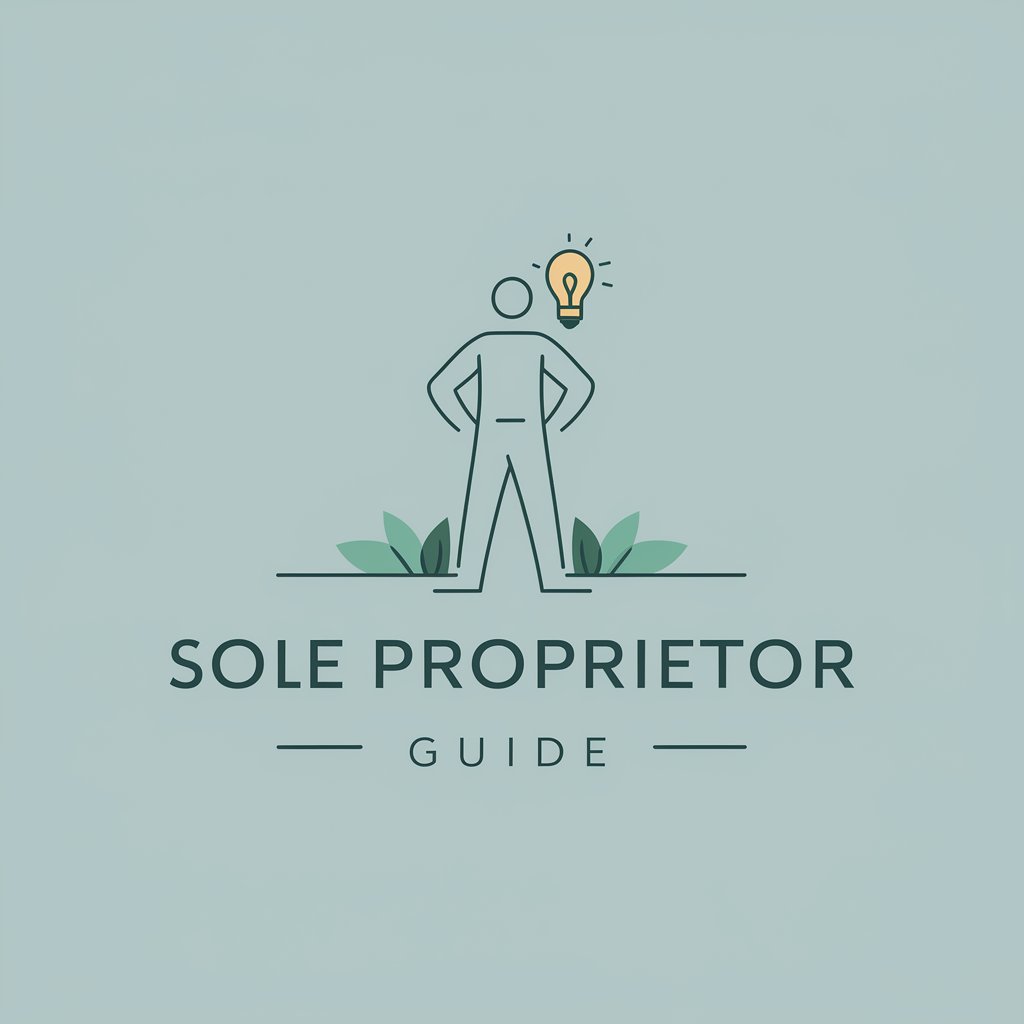
Book 7 Temporary Conditions - Traffic Safety and Management

Welcome to your expert guide on Ontario's traffic manual for temporary conditions.
Streamline Road Safety with AI
Explain the guidelines for setting up temporary traffic control zones.
What are the key considerations for pedestrian safety in work zones?
Describe the process for obtaining approvals for a traffic control plan.
What are the specifications for traffic control signs in temporary work zones?
Get Embed Code
Introduction to Book 7 Temporary Conditions
The Ontario Traffic Manual, Book 7 - Temporary Conditions, aims to provide comprehensive guidelines for traffic management in temporary road conditions. It's designed to ensure safe road usage during construction, maintenance, or utility work that affects roadways. The manual addresses planning, design, and implementation of traffic control measures to manage the changed traffic patterns safely and efficiently. For example, during a major road construction on a highway, Book 7 offers guidelines on how to implement detours, signage, and appropriate traffic controls to manage traffic flow and ensure road user and worker safety. Powered by ChatGPT-4o。

Main Functions of Book 7 Temporary Conditions
Traffic Management Planning
Example
Developing comprehensive traffic management plans including risk assessments and mitigation strategies.
Scenario
In a scenario where a section of a major city street is closed for repairs, Book 7 guides on assessing risks like increased traffic on alternative routes and proposes mitigation measures such as timing adjustments to nearby traffic signals.
Design of Work Zones
Example
Guidance on setting up work zones considering safety and accessibility for all road users, including temporary pedestrian pathways.
Scenario
For a utility upgrade project in an urban area, Book 7 provides specific layouts for pedestrian detours around the work site, ensuring safe passage and minimal disruption to pedestrian flow.
Use of Traffic Control Devices
Example
Specifications for using devices such as cones, barriers, and signage to guide and protect road users.
Scenario
During an emergency road repair on a freeway, Book 7 specifies the types and placements of cones and barriers to safely channel traffic past the work area without causing confusion or additional accidents.
Ideal Users of Book 7 Temporary Conditions Services
Traffic Management Professionals
Engineers, planners, and project managers involved in road construction or maintenance projects who require guidelines to design and implement effective traffic control measures.
Road Construction Companies
Contractors and construction firms that need to adhere to standardized practices for setting up and managing temporary work zones to ensure worker and public safety.
Municipal and Provincial Road Authorities
Local and provincial government agencies responsible for maintaining road safety and traffic efficiency during roadworks, utility works, or any temporary disruptions.

How to Use Book 7 Temporary Conditions
Step 1
Sign up for a free trial at yeschat.ai without a login or needing ChatGPT Plus.
Step 2
Identify the specific scenario or conditions related to your project to find relevant sections.
Step 3
Utilize the detailed guidelines and illustrations in the manual to design safe and efficient traffic management plans.
Step 4
Apply the recommendations in the manual to your specific site, considering local laws and site-specific factors.
Step 5
Review the plans with all stakeholders and obtain necessary approvals before implementation.
Try other advanced and practical GPTs
SURF SCOUT I Surf conditions, Tutorials and Tips
Ride Smarter with AI-Powered Surf Insights

Survival Guide for Extreme Weather Conditions
Empower, Prepare, Survive with AI

Agente de Vendas Externas
Enhance Your Sales with AI

Fun Facts and Trivia
Engage, Learn, Discover!

Infinite Tarot
Unveil Your Path with AI-Enhanced Tarot

Sole Proprietor Guide
Empowering Sole Proprietors with AI-driven Insights

Terms And Conditions GPT
Draft Legally Compliant Documents with AI

Claude
Empower Your Words with AI

Clyde
Empower Creativity with AI

Murat Osman Ünalır
Enhance Your Research with AI

Dynamic Thinker (ADHD-style brain)
Engage your creativity with AI!

Rickytron
Where software engineering meets interdimensional wit.

Frequently Asked Questions about Book 7 Temporary Conditions
What are the fundamental principles of work zone planning?
The fundamental principles focus on safety, efficiency, and minimal disruption. They include assessing risks, managing traffic impacts, and ensuring all temporary traffic control measures meet established guidelines.
How do I develop a traffic control plan for a work zone?
Start by collecting project information, identifying and managing risks, and choosing appropriate traffic control layouts that fit the specific site characteristics. Develop detailed plans that include signage, barriers, and personnel needed.
What considerations are there for pedestrian and cyclist safety in work zones?
Ensure pedestrian and cyclist paths are clearly marked and separated from traffic. Use barriers to protect them from vehicles, and provide clear signage to guide them through or around the work zone.
How should I handle night-time work zone setups?
For night-time operations, use proper lighting to ensure visibility of the work zone. Implement glare-free lighting for workers and road users, and enhance the reflectivity of signs and other traffic control devices.
What are the requirements for using traffic control persons in work zones?
Traffic control persons must be properly trained and equipped with the necessary safety gear, including high-visibility clothing. They should use standardized hand signals and positioning to manage traffic effectively and safely.





